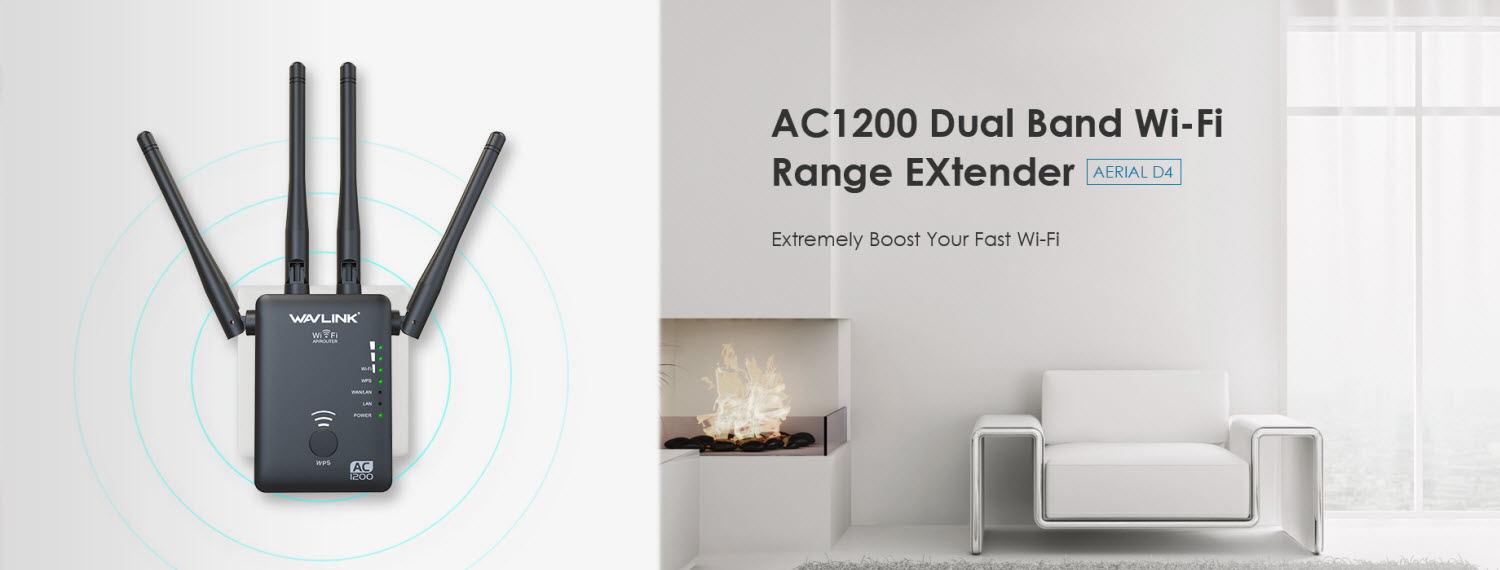
Place the Extender
- Initial placement: Plug the extender into a power outlet close to your router. This makes the initial connection easier.
- Final placement: Once setup is complete, move the extender halfway between the router and the area with weak Wi-Fi.
Power On the Extender
- Plug in the extender and wait for the power light to stabilize. Refer to your extender’s manual to identify the power LED.
3. Connect to the Extender
- Using a web browser:
- Use a laptop, smartphone, or tablet to connect to the extender’s default network (e.g.,
EXT-SSIDor something similar). - Open a browser and type the extender’s IP address or default web address (commonly
http://192.168.1.1,http://192.168.0.1). - Log in using the default username and password provided in the extender’s manual.
- Use a laptop, smartphone, or tablet to connect to the extender’s default network (e.g.,
- Using a mobile app (if available): Some brands, like TP-Link or Netgear, offer apps (e.g., TP-Link Tether or Netgear Nighthawk) that make setup easier. Download the app and follow the instructions.
4. Configure the Extender
- Quick setup wizard:
- The extender will usually guide you through a setup wizard.
- Select your existing Wi-Fi network (SSID) from the list of available networks.
- Enter your router’s Wi-Fi password.
- Dual-band extenders: If your extender supports dual-band (2.4GHz and 5GHz), you may need to configure both bands.
5. Check Connection
- After configuration, the extender will reboot.
- Look for a solid connection light (or whatever indicator your extender uses). This usually confirms the extender is connected to your router.
6. Move the Extender
- Unplug the extender and move it to its final location.
- Ensure it is still within the range of your router and has a strong signal.
- Test the Wi-Fi signal in the previously weak area to confirm improvement.
7. Test and Troubleshoot
- Connect a device to the extended network (it may use the same SSID as your router or have
_EXTappended). - If you face issues:
- Recheck the password and settings.
- Ensure the extender is not too far from the router.
- Reset the extender and try again if necessary.
How to change extender password?
1. Connect to the Extender
- Ensure your device (laptop, smartphone, or tablet) is connected to the extender’s network.
- Use either a Wi-Fi connection or an Ethernet cable for this step.
2. Access the Extender’s Settings
- Open a browser and type the extender’s IP address or web URL (e.g.,
http://192.168.1.1,http://192.168.0.1). - Log in with the username and password for the extender. These are often:
- Default credentials (e.g.,
admin/password). - Check your extender manual or a label on the device if you’re unsure.
- If you’ve changed the login details before, use the custom credentials.
- Default credentials (e.g.,
3. Navigate to Wireless Settings
- Once logged in, look for options like:
- Wireless Settings
- Wi-Fi Settings
- Network Settings
- This section allows you to modify the extender’s Wi-Fi settings.
4. Change the Password
- Locate the field labeled Wi-Fi Password, Passphrase, or Pre-Shared Key.
- Enter your new password for the extender’s Wi-Fi network.
- Use a strong password that includes a mix of letters, numbers, and symbols.
5. Save the Settings
- Click the Save or Apply button.
- The extender may reboot to apply the changes. Wait until it restarts.
6. Reconnect Devices
- After the password change, you’ll need to reconnect your devices to the extender using the new password.
7. (Optional) Sync Password with Router
- If your extender supports synchronization, you can set it to match your router’s password. Look for a checkbox or option like “Sync with Router Settings”.
8. Troubleshooting (If Needed):
- If you forget the password, you may need to reset the extender to factory settings and set it up again.
- To reset, press and hold the Reset button (usually found on the back or bottom of the extender) for 10-30 seconds until the lights indicate a reset.